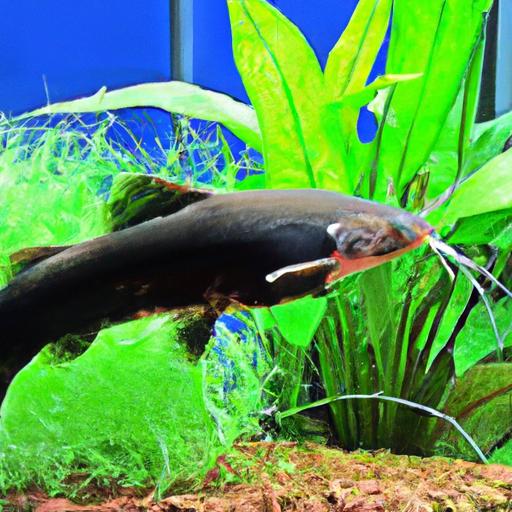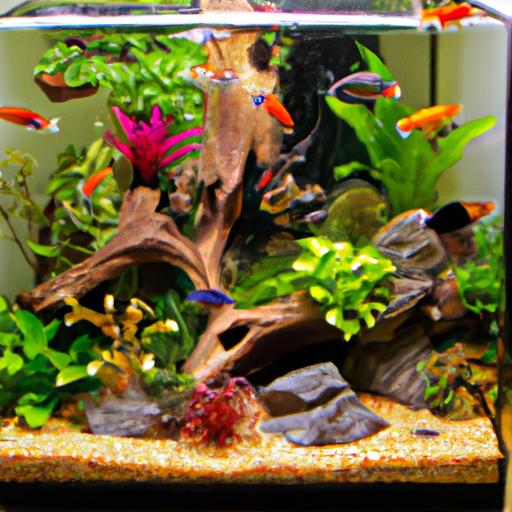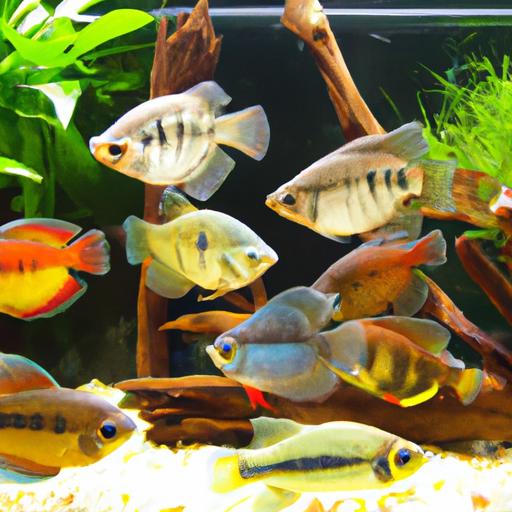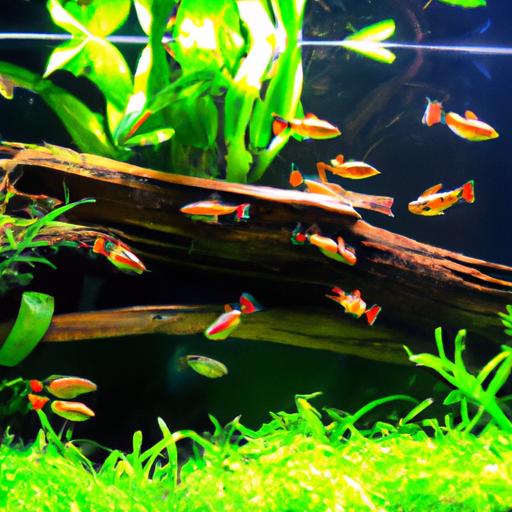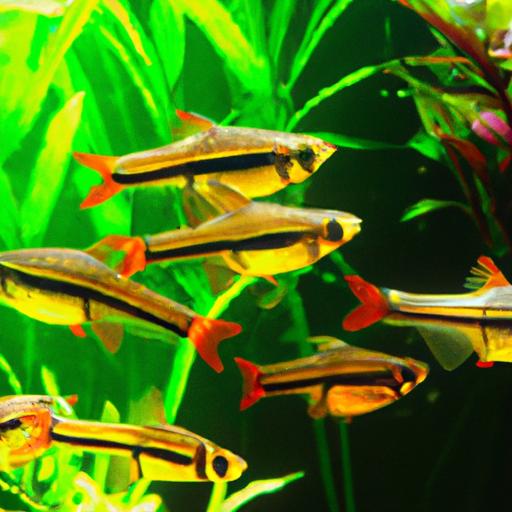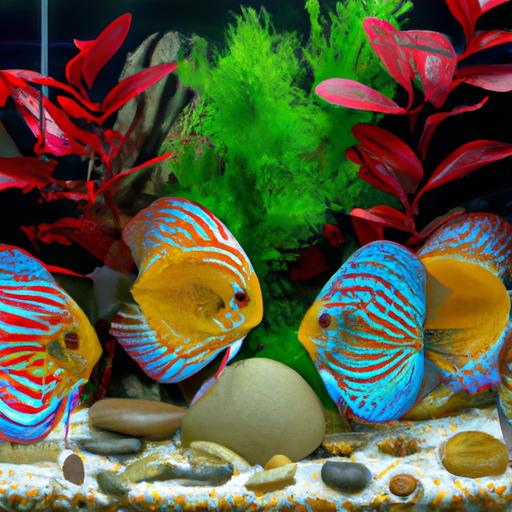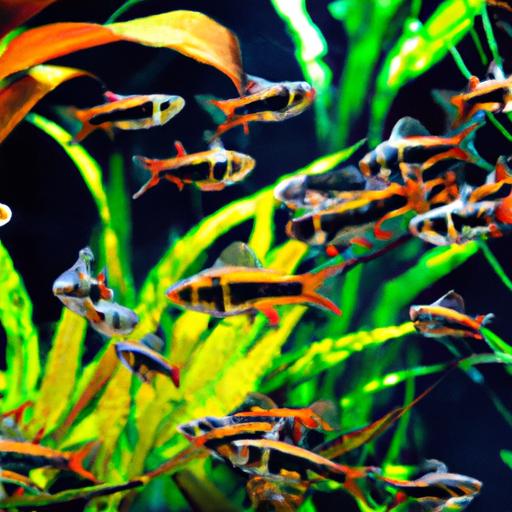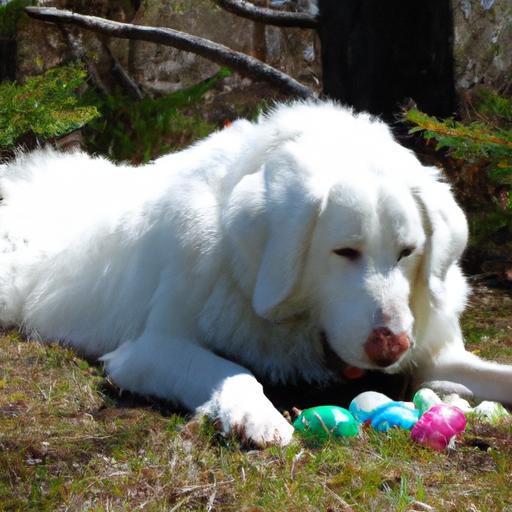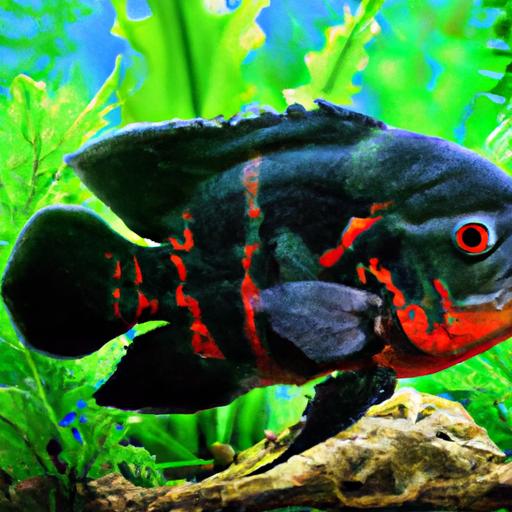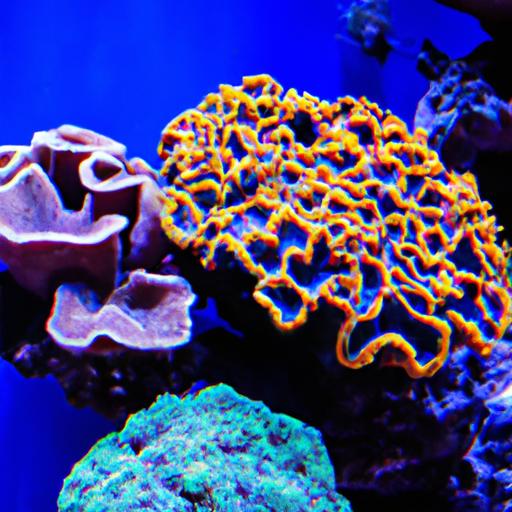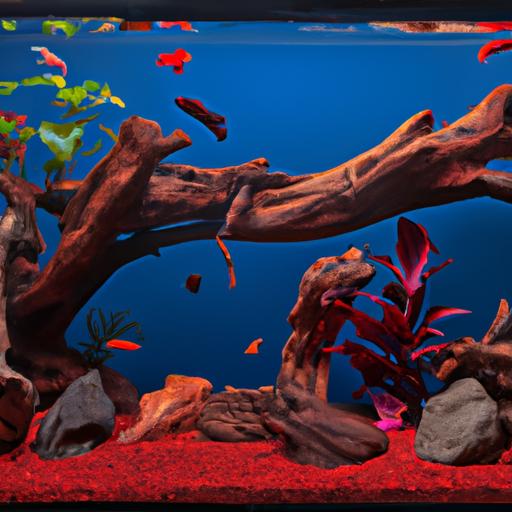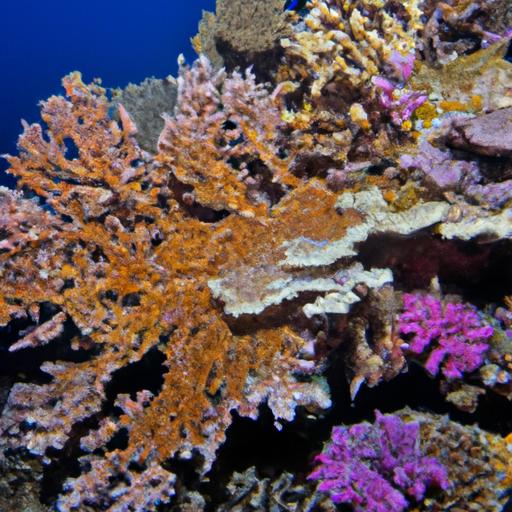Guide to Maintaining a Happy Betta Breeding Tank
Discover the ultimate Guide to Maintaining a Happy Betta Breeding Tank. Learn the key factors and FAQs for successful betta breeding. Dive in now!
Introduction
Welcome to our comprehensive guide on maintaining a happy betta breeding tank. Breeding betta fish can be a rewarding and fulfilling experience, but it requires careful attention to their environment. Creating the ideal conditions for your bettas is crucial for their health, happiness, and successful breeding. In this article, we will provide you with valuable insights, tips, and guidelines to ensure that your betta breeding tank is a thriving haven for your fish.
Key Factors for Maintaining a Happy Betta Breeding Tank
To maintain a happy betta breeding tank, there are several key factors that require your attention. Let’s explore each of them in detail:
1. Proper Tank Size and Setup
The size and setup of your betta breeding tank play a significant role in the well-being of your fish. Betta fish are known for their territorial nature, so providing them with sufficient space is essential. A tank size of at least 10 gallons is recommended for breeding pairs. Ensure the tank has hiding spots, plants, and suitable substrate to mimic their natural habitat. This will allow your bettas to establish their territories and reduce stress.
2. Ideal Water Parameters and Quality
Maintaining optimal water conditions is vital for the overall health of your bettas and successful breeding. The ideal temperature for breeding bettas is around 78-80°F (25-27°C). Additionally, maintaining a pH level between 6.5 and 7.5 is recommended. Regularly test the water parameters using reliable kits and make necessary adjustments to ensure a stable and healthy environment.
3. Suitable Tank Mates and Breeding Conditions
When breeding bettas, it’s crucial to provide them with suitable tank mates and ideal breeding conditions. While bettas are known for their aggressive nature, carefully selecting compatible tank mates can enhance their well-being. Avoid keeping aggressive or fin-nipping fish with bettas. Additionally, creating a conducive breeding environment involves providing hiding spots, such as caves or plants, to encourage successful spawning.
4. Appropriate Diet and Feeding Habits
A well-balanced diet is essential for the health and reproductive success of your bettas. Offer a variety of high-quality betta-specific pellets, flakes, frozen or live foods, such as brine shrimp or bloodworms. Feed your breeding pair multiple small meals throughout the day, ensuring they receive the necessary nutrients for optimal health and successful breeding.
Frequently Asked Questions (FAQ) about Betta Breeding Tanks
Here are some frequently asked questions regarding betta breeding tanks:
What is the optimal tank size for betta breeding?
For betta breeding, a tank size of at least 10 gallons is recommended to provide ample space and minimize aggression between the breeding pair.
How often should I clean the breeding tank?
Maintaining water quality is crucial, and regular tank maintenance is necessary. Perform partial water changes of around 25% every week to remove excess waste and keep the water parameters stable.
Can bettas be kept with other fish in the breeding tank?
While bettas are generally territorial and aggressive, carefully selected tank mates can be kept in the breeding tank. Avoid aggressive or fin-nipping fish and monitor the compatibility closely.
What should be the ideal temperature and pH level for betta breeding?
Maintaining a temperature between 78-80°F (25-27°C) and a pH level between 6.5 and 7.5 is recommended for successful betta breeding.
Conclusion
In conclusion, maintaining a happy betta breeding tank is crucial for the health and well-being of your fish. By providing the right tank size, ideal water conditions, suitable tank mates, and a balanced diet, you can create the perfect environment for your bettas to thrive and successfully breed. Remember to regularly monitor and adjust the water parameters to ensure a stable and healthy habitat. By following the guidelines and tips outlined in this comprehensive guide, you’ll increase your chances of breeding healthy bettas and experiencing the joy of witnessing their fascinating reproductive behaviors. Happy breeding!
Remember, creating a happy betta breeding tank requires careful attention to detail and providing the best possible environment for your fish. By following the guidelines and tips outlined in this comprehensive guide, you’ll increase your chances of breeding healthy bettas and experiencing the joy of witnessing their fascinating reproductive behaviors. Happy breeding!
Note: This article is for informational purposes only and does not replace professional advice. Always consult with a knowledgeable aquarist or veterinarian for specific guidance in maintaining a betta breeding tank.
